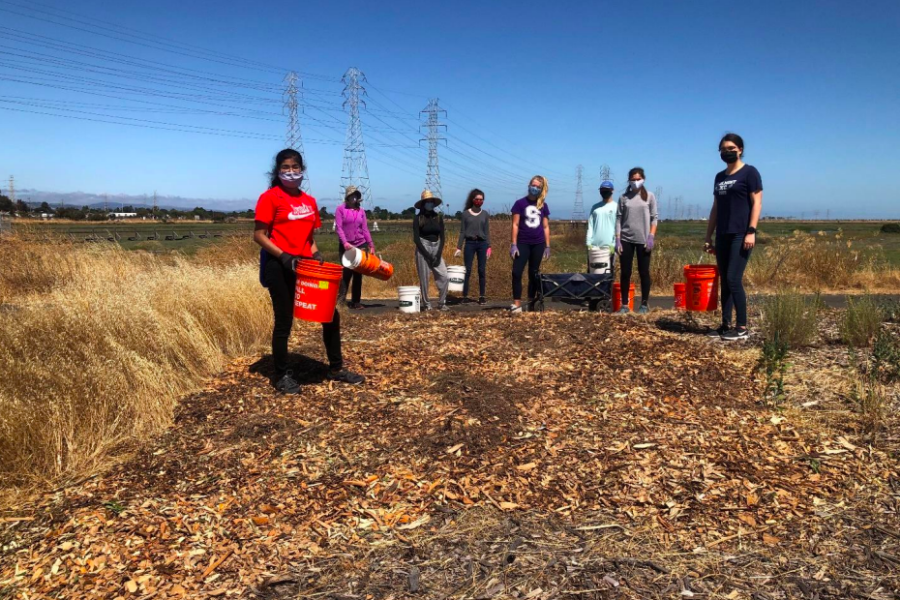Baylands Habitat Restoration and Community Engagement in East Palo Alto

East Palo Alto, San Mateo County; Measure AA Region: West Bay
Safe, Clean Water and Pollution Prevention Program; Vital Fish, Bird and Wildlife Habitat Program; Shoreline Public Access Program.
Climate Resilient Communities (CRC)
City of East Palo Alto
Midpeninsula Regional Open Space District
2023 UPDATE: Grassroots Ecology have begun work on their project starting on Nov 1, 2022. In partnership with San Jose Conservation Corps, Grassroots Ecology implemented workdays consisting of volunteers and Corps members preparing planting areas by performing invasive plant removal. They've also started revegetation efforts at Ravenswood Open Space Preserve . Grassroots Ecology has also performed community engagement efforts with their partner, Climate Resilient Communities, resulting in the hiring of habitat restoration interns & staff and multiple culturally relevant events.
***
This grant to Grassroots Ecology funds the Baylands Habitat Restoration and Community Engagement in East Palo Alto project in San Mateo County. The project consists of restoring and enhancing marsh-upland transition zone habitat along the San Francisco Bay Trail in Ravenswood Open Space Preserve (OSP) and at the adjacent Cooley Landing Park.
Situated on land that was formerly used as a salt production pond, as well as a municipal dump, the project site is now being restored to marshland through efforts led by Midpeninsula Regional Open Space District, which owns the land, the City of East Palo Alto, and partners such as the community-based organization Climate Resilient Communities. Beginning with a levee breach to restore tidal marsh in 2000, the area has since been transformed into an open space preserve and a recreational park. A key segment of Bay Trail was constructed in 2016 through Ravenswood Marsh, making the OSP an increasingly popular destination for visitors. Non-native invasive plants such as mustard and Russian thistle dominate the transition zone habitat, which is also home to federally- and state-listed endangered species, such as the Ridgway’s rail. Adjacent to the project site are residential communities, consisting primarily of people of color, that have historically suffered from industrial pollution and limited access to green space.
Grassroots Ecology is leading a restoration effort at the Ravenswood OSP and Cooley Landing sites that will increase biodiversity, build a resilient marsh transition zone habitat, and reduce the local community’s climate and economic burdens. There are three components to this project: habitat restoration, workforce development, and community engagement.
